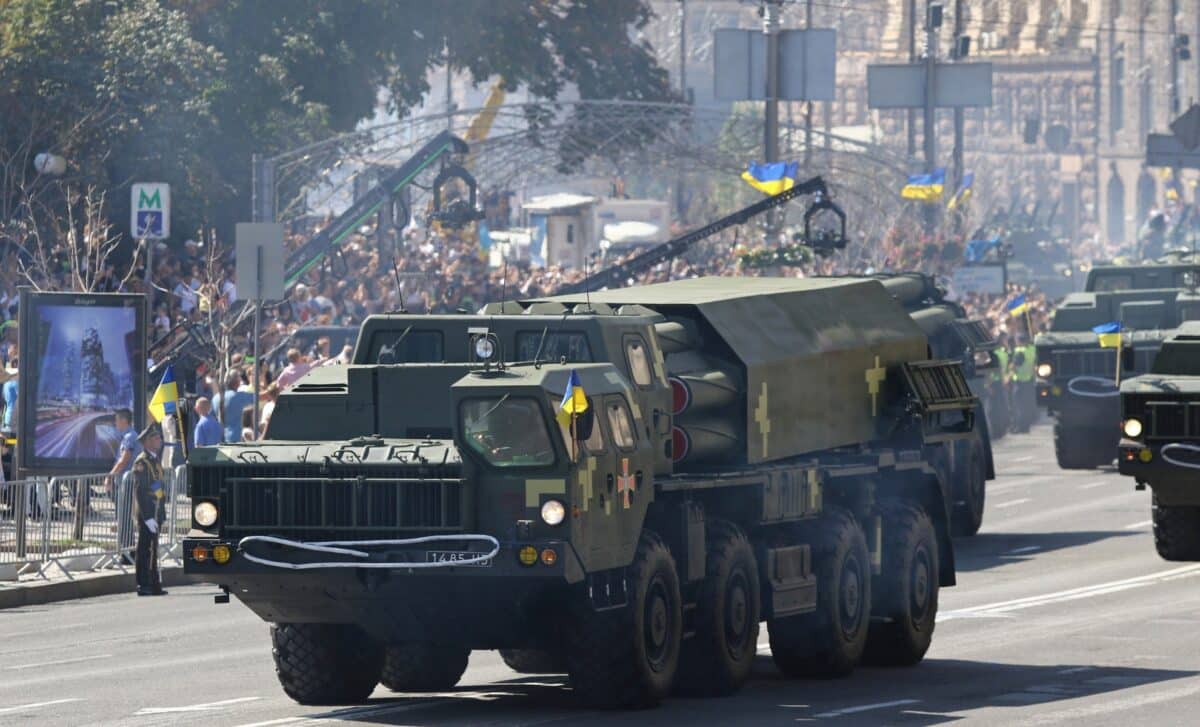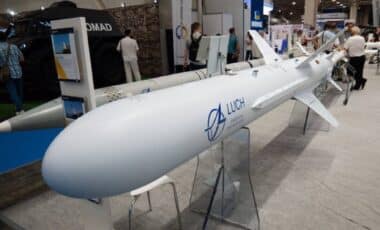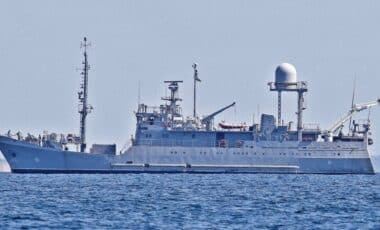Developed in the midst of the ongoing conflict with Russia, the Ukrainian Vilkha rocket launcher has become a key asset in the country’s artillery arsenal. Despite being often overshadowed by its U.S. counterpart, HIMARS, the Vilkha has proven itself to be a precise, long-range weapon that demonstrates Ukraine’s increasing self-sufficiency in defense technology.
Born out of necessity, the Vilkha is an advanced version of the Soviet-era BM-30 Smerch multiple rocket launcher. Designed by Ukraine’s Yuzhnoye Design Office and manufactured by the Artem company, the system was unveiled in 2018. It has since played a crucial role in Ukraine’s defense strategy, particularly as the country faces increasing pressure from Russian forces. The Vilkha’s development accelerated after Russia’s invasion of Ukraine in February 2022, and it now stands as a testament to Ukraine’s ability to create effective weaponry under challenging circumstances, reports Armées.
The Weaponry Behind Israel’s ‘Rising Lion’ Attack on Iran
A Precise and Potent Weapon
The Vilkha is a modernized version of the Soviet Smerch platform, equipped with a guidance system that includes inertial navigation, GPS, and GLONASS technologies. This allows the rocket launcher to achieve an impressive circular error probable (CEP) range of 10 to 30 meters, which is crucial for targeting enemy positions with great accuracy.
The weapon system is capable of launching from a platform with 12 tubes, delivering devastating payloads with precision over long distances. According to sources, the Vilkha’s design incorporates advanced targeting systems, making it an effective tool for striking Russian logistical targets, especially when Western-supplied HIMARS munitions are either scarce or politically sensitive.
Two Versions with Extended Reach
Currently, there are two primary versions of the Vilkha in use: the standard model and the upgraded Vilkha-M. The Vilkha standard has a range of 90 to 120 kilometers, making it highly effective in targeting enemy artillery and supply lines. The Vilkha-M, on the other hand, has an extended range of 130 to 150 kilometers, offering improved accuracy and the ability to hit more distant targets with precision.
Reports have also suggested the existence of a potential experimental version, the Vilkha-M2, which could exceed 150 kilometers in range, though this model has yet to be officially confirmed.
The Strategic Advantage of Local Production
One of the key advantages of the Vilkha over systems like HIMARS is its local production and maintenance. Unlike HIMARS, which requires supplies and support from the U.S. and its partners, the Vilkha can be manufactured and serviced entirely within Ukraine.
This is a crucial factor in a war of attrition, where logistical autonomy can significantly impact long-term military sustainability. With Ukraine’s ongoing need for artillery support, the Vilkha’s domestically produced munitions and maintenance systems help ensure a steady supply, even as Western allies face challenges in providing additional systems or parts.
The Vilkha may not have the mobility of the HIMARS, which is mounted on a lightweight truck, but its effectiveness as a precise and locally supported weapon gives it a distinct strategic advantage.








